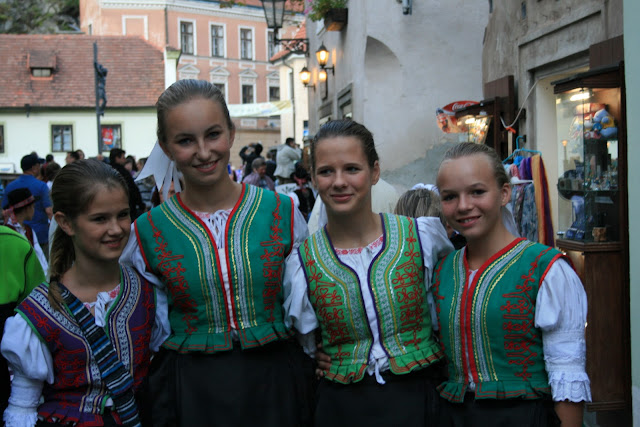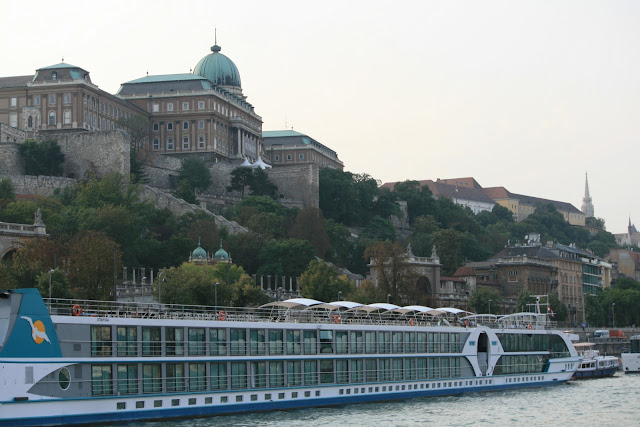This fall, my wife and I were in Berlin. We took this opportunity to visit the Pergamon Museum in the Berlin Museum Island.
 |
| (Exterior of the Pergamon Museum) |
One of the major exhibits in the Pergamon Museum is the Pergamon Altar, which is also called the Zeus Altar. The altar was presented as quasi reconstruction from the rubbles unearthed in Pergamon of north eastern Turkey. This unveils master pieces of Hellenic art to the modern world. Pictures of the altar and its marble sculptures appear in many many books on ancient Greek mythology, art and architecture.
 |
| (Visitors seeing the quasi reconstructed Zeus Altar inside the museum) |
The altar is decorated with beautiful marble statues featuring the battle of the Greek gods and the Titans. Visitors can watch these statues and recall the interesting Greek myths of Zeus, Athena, Venus, Cupid and other Greek gods and giants. These are very fine examples of the Greek art.

The altar was first unearthed by a German engineer, Carl Humann, in Turkey about 150 years ago. It was then brought back to Berlin. Historically, this represented the rise of the Prussian power in the nineteenth century. It is interested to note that the altar was taken by the Russians after the defect of Germany in the second world war. The altar was returned to Berlin after absence for ten years.
We had been to Pergamon last year. Obviously, the Pergamon Altar was missed there. Instead, we were much impressed by its hillside theatre. If the altar was restored on site, the impact would be much greater.
 |
| (Ruins of the original site of the Pergamon Altar) |
 |
| (The Pergamon theatre can host thousands of spectators) |
The Pergamon Museum also has many treasured historical artifacts of the Ancient Near East, including the famous Ashtar gate of ancient Babylon. Similarly, Germans excavated the historical ruins in Irag a century ago and then quasi reconstructed them in Berlin.
 |
| (Part of the Ashtar Gate) |
 |
| (Reconstructed wall with its original bricks) |
 |
| (Imaginary creature only found in Babylon - animal with snake head) |
The collections of the Pergamon Museum are very impressive and of great historical values. However, it still face many common museum management challenges. It is an academic debate that whether such quasi reconstructions properly reflect their original forms. These artifacts could be more meaningfully displayed in their original sites. The legitimacy of the foreign hosts keeping these artifacts.





















































